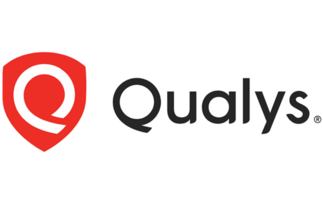Alan Kessler tells Computing attitudes to security have changed, and it's now seen as an enabler rather than a hindrance
Security technology used to be seen as a business burden like tax, but the perception of it has shifted to such an extent that budgeting for proper protection against cyber threats is now viewed as...
To continue reading this article...
Join Computing
- Unlimited access to real-time news, analysis and opinion from the technology industry
- Receive important and breaking news in our daily newsletter
- Be the first to hear about our events and awards programmes
- Join live member only interviews with IT leaders at the ‘IT Lounge’; your chance to ask your burning tech questions and have them answered
- Access to the Computing Delta hub providing market intelligence and research
- Receive our members-only newsletter with exclusive opinion pieces from senior IT Leaders






















